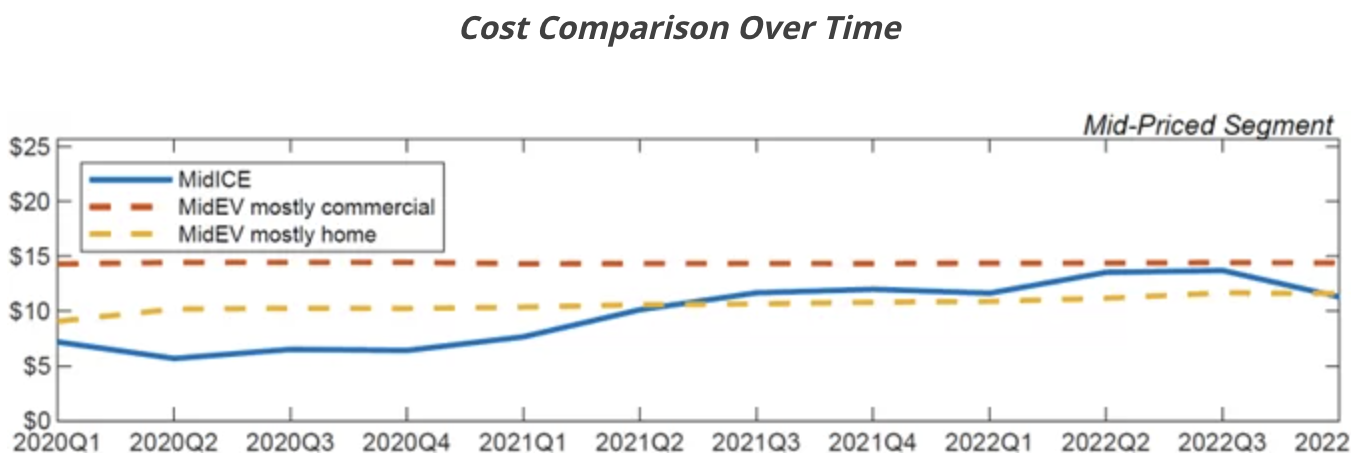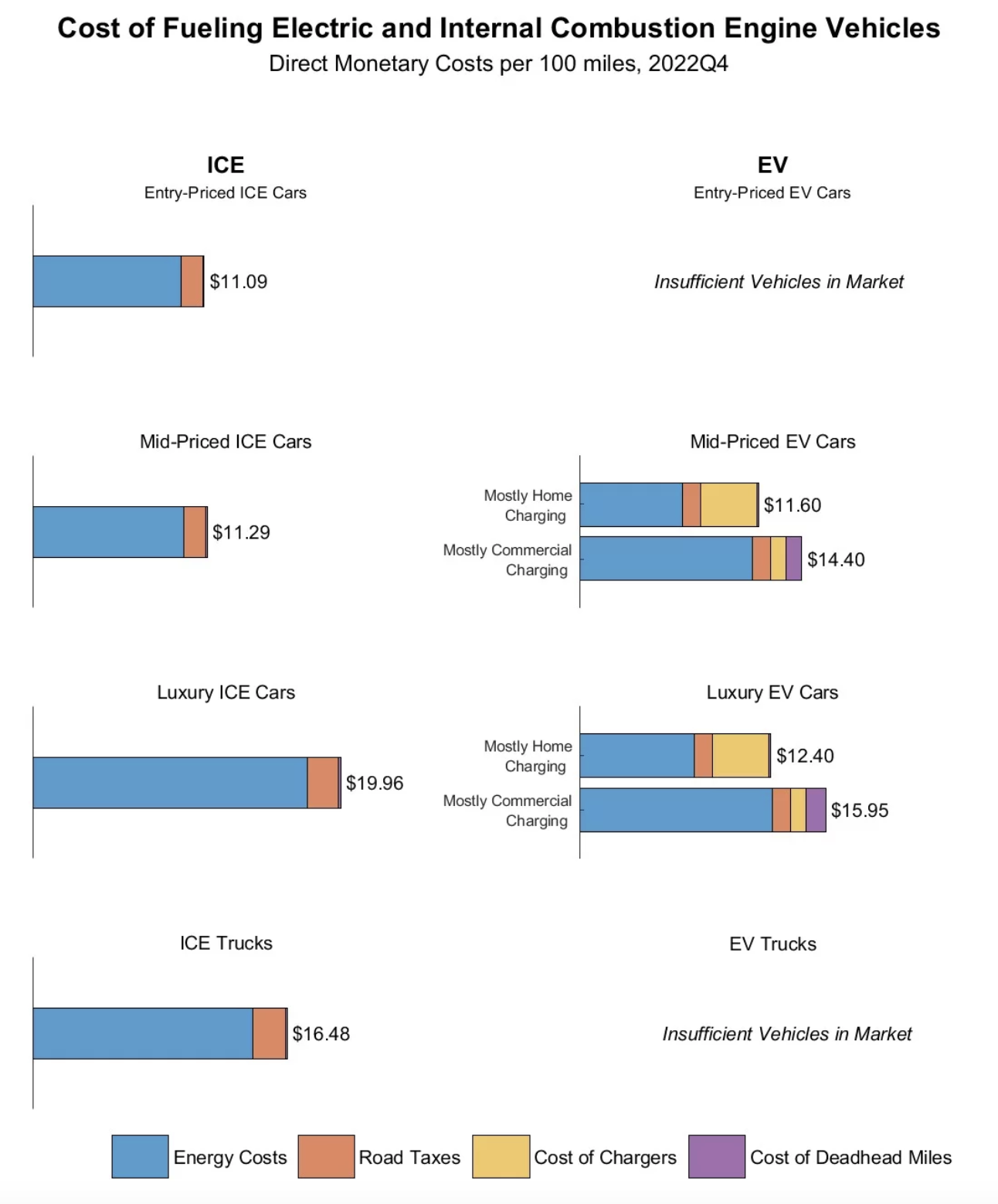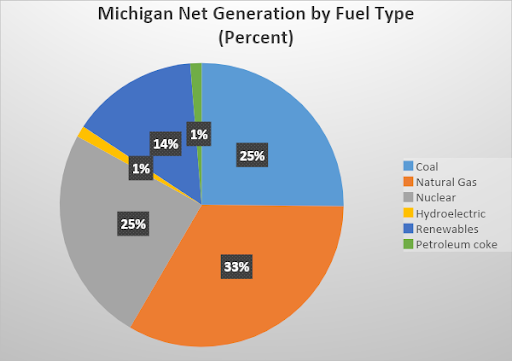The hubbub about banning indoor gas stoves that Biden’s Commissioner of the Consumer Product Safety Commission (CPSC) suggested last month and which was poo-pooed by the White House, saying President Biden did not support the ban, continues. Now, Biden’s Department of Energy is setting energy efficiency standards for consumer cooking appliances that would ban most indoor gas stoves. In its current form, the Energy Department admits its proposal would effectively take half of gas stove models off the market, unless modifications were performed. The reality may be worse because one estimate suggests that 95 percent of the market would not meet the proposed levels. Since the Department of Energy has greater authority than the CPSC, this is a more serious threat to the use of gas stoves and may represent a “backdoor approach” to American kitchens that the Biden Administration’s war on gas stoves may prefer.
In a notice of proposed rulemaking, the Department of Energy (DOE) said it has “tentatively concluded” that new energy conservation standards for stove appliances would be technologically feasible and economically justified. The agency proposed new limitations on how much energy electric stove tops (both coil and smooth) and gas cooking tops may consume in a year. According to the DOE, every major manufacturer has products that meet or exceed the proposed requirements. On the one hand, it proposes to end the prohibition on constant burning pilot lights in gas stoves, but, on the other hand, it says a stove with a constantly burning pilot light would not meet the new efficiency standards. The DOE rulemaking would also impose regulations on electric and gas ovens for the first time, providing that they may not utilize a linear power supply, or one that produces unregulated as well as regulated power.
According to DOE’s rulemaking, the standards could enable energy savings of 3.4 percent relative to a baseline without the standards–“the equivalent of the electricity use of 19 million residential homes in one year.” DOE also estimated that manufacturers would incur conversion costs of $183.4 million to comply with the standards. The new standard would raise the upfront cost of stove products by $32.5 million per year, but are estimated to save $100.8 million annually in operating costs. DOE estimates that the efficiency standards will pay for themselves in an average of 1.5 to five years. The average lifespan of a gas range is about 15 to 20 years. The proposed standards would go into effect in 2027 and cumulatively save up to $1.7 billion, according to DOE.
Gas stoves are used in about 35 percent of households nationwide, or about 40 million homes. The household figure is closer to 70 percent in some states, such as California and New Jersey. Other states where many residents use gas stoves include Nevada, Illinois and New York.
The agency is asking for public comment on the proposed rule. If enacted, the standards would apply to products manufactured or imported into the United States three years after the rule is finalized.
DOE’s Testing Procedure
DOE analyzed the existing energy efficiency of standard cooktop units for three categories: Electric cooking tops that have raised coils, smooth electric cooktops (which includes but is not exclusive to induction cooktops, which use electromagnetism to heat the cooking element), and gas cooktops. It then tested different designs and energy conservation methods, as well as how much each of those cost, to determine the new efficiency standards.
For coil electric cooktops, DOE found there are no possible efficiencies to be gained, resulting in an efficiency standard for such cooktops at 199 kilowatt-hours per year with standard use–the same as the baseline testing. For smooth electric cooktops, DOE found induction more efficient than traditional smooth cooktops that employ a heating element. DOE found a 24 percent energy savings on average when switching from a traditional smooth electric cooktop to induction. The new efficiency standards propose a 17 percent reduction over the baseline, from 250 kilowatt hours per year to 207 kilowatt hours per year.
DOE is proposing efficiency standards that would make gas cooktops 32 percent more efficient than the agency’s baseline testing. DOE thinks this can be accomplished through cooktop design. “DOE’s testing showed that energy use was correlated to burner design and cooking top configuration (e.g., grate weight, flame angle, distance from burner ports to the cooking surface) and could be reduced by optimizing the design of the burner and grate system.” In other words, DOE thinks it can make gas cooktops 32 percent more efficient by forcing manufacturers to redesign them.
Conclusion
The Biden Energy Department has issued over 100 energy efficiency rules on appliances and household equipment, which they claim will fight climate change and save consumers money. If that were true, market forces would have resulted in the same goals without needing the federal government to enforce them. Historically, appliances that the Energy Department reviewed ended up performing worse and costing more. DOE rulemaking, combined with state and local efforts to ban natural gas hook-ups in new homes and buildings, is how the federal government and environmentalists plan to take gas stoves away from consumers.
Other regulations are likely to affect gas stoves down the pike. Despite the White House saying they do not support a gas stove ban, they are not working to make gas stoves more affordable or widely available. The Biden Consumer Product Safety Commission (CPSC) could still ban them as indicated by its chairman that it was “researching gas emissions in stoves and exploring new ways to address health risks.” The Environmental Protection Agency (EPA) was also petitioned by a coalition of environmental groups to issue New Source Performance Standards on gas stoves and other gas appliances, making the claim that gas appliances carry “significant health impacts, from increasing the rates of asthma to causing thousands of premature deaths each year.” The asthma claim is a myth promoted by environmentalists whose real agenda is not to reduce asthma but to ban natural gas. The American Gas Association notes that neither the CPSC nor EPA has cited gas stoves as a significant contributor to adverse air quality or as a health hazard.
Further, the Interior Department’s restrictions on drilling will cause more pain to the natural gas industry as will the Inflation Reduction Act’s tax on methane emissions from natural gas operations, both of which will affect consumers’ pocketbooks. President Biden promised a “whole of government” approach to his battle against climate change and his promise to end fossil fuels. That apparently means that when one agency uses the front door of the kitchen to come after gas stoves and is stopped, another agency will use the back door to achieve the same ends.
*This article was adapted from content originally published by the Institute for Energy Research.





